

Written by Stephen Day
Gas Safe Engineer
Updated: 30th May, 2025
Discover the different typeof boiler flues and what your home currently has and if it is to regulation.
When your boiler burns gas to heat the water that warms your home, excess heat is produced, in turn creating by-products of combustion fumes that are less than favourable, such as carbon dioxide, water vapour and the incredibly harmful carbon monoxide.
These by-products must be safely carried out of your home via something called a flue to prevent carbon monoxide poisoning.
Get a quote in 60 seconds, fitted as fast as next day!
0% APR finance available.
To find out where your boiler flue is, go outside and take a look on the outside wall where your boiler is located, if you see a pipe coming from the wall then you have a horizontal flue.
A vertical boiler flue you will find coming out of your roof or maybe a lower part of the building such as a garage. This tends to be the case when your boiler isn't located on an external wall.
The flue is a gas pipe that leads from your boiler to an external wall or the roof of your house and can often be seen puffing out steam (the gases), especially in winter.
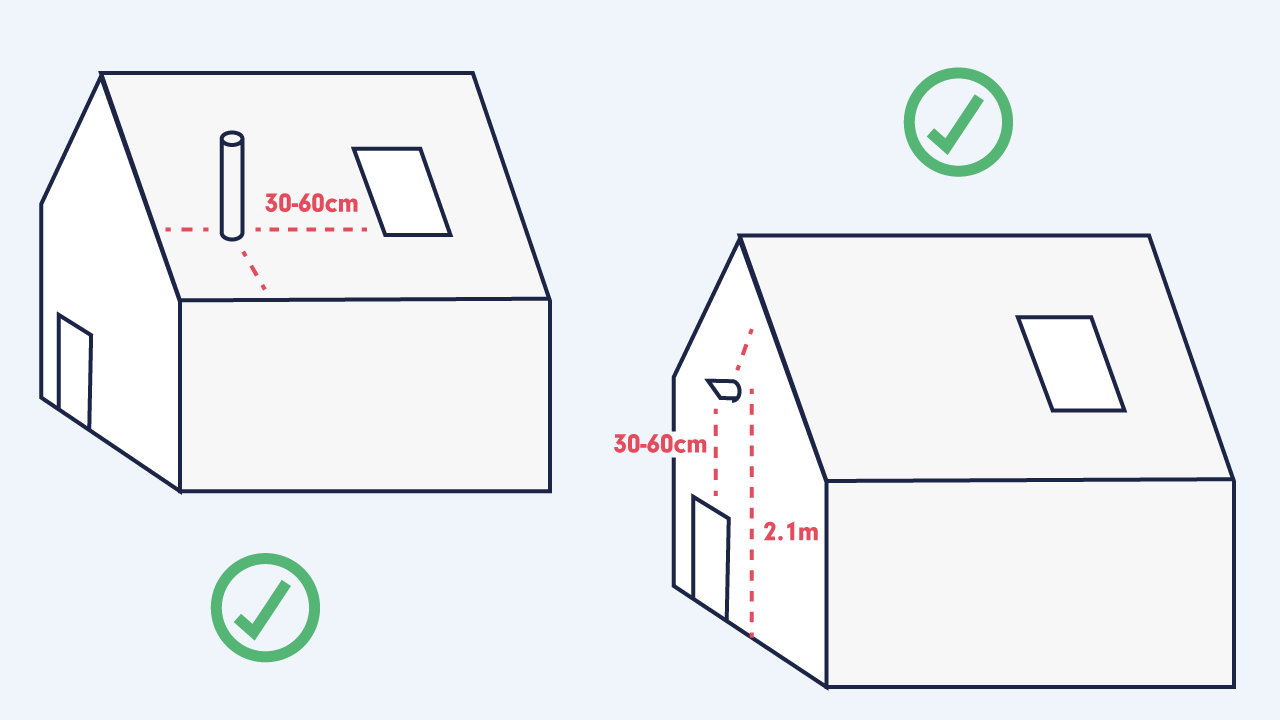
Modern flues are usually round in shape, though square flues are still common in many UK homes and they can be fitted either horizontally or vertically in order to comply with regulations.
Due to the harmful properties of the waste gases, it is important to ensure the flue is located sensibly to avoid the gases re-entering your home or the home of a neighbour.
Boiler Flue Regulations 2020 prevent a flue from being positioned within 30-60cm of a window of door and they must be at least 2.1m off the ground if pacing a public space to avoid causing harm to any passers by.
Your flue should also be a certain distance from any drains, gutters, soil pipes or balconies as the waste gases can be incredibly hot and melt plastic.
With the exception of back boilers, yes, all homes with a boiler will have a flue as they are required in order to comply with Gas Safe regulations. However, not all homes with a flue comply with Gas Safe regulations.
If you have a square shaped flue, it is worth getting your pipes checked by a Gas Safe registered engineer to ensure they are 22mm as opposed to the old 15mm ones, which are now illegal in some cases.
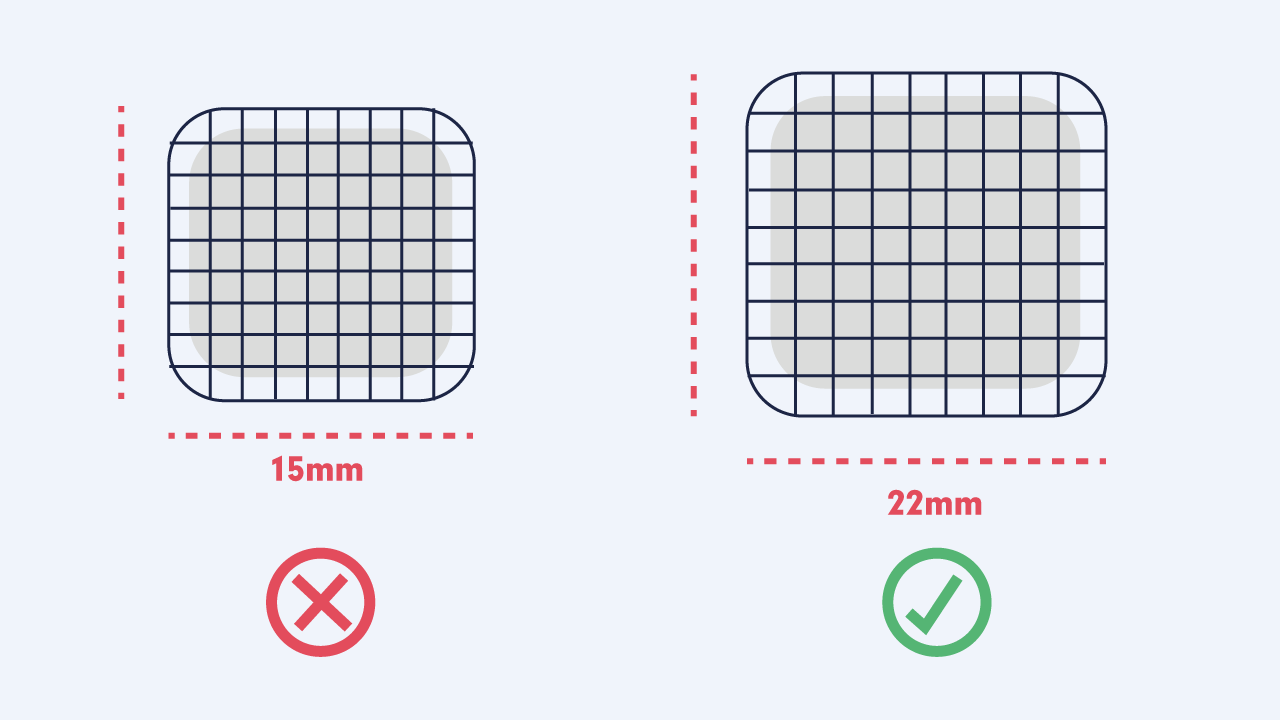
This is because combi boilers need a larger amount of gas in a shorter amount of time than regular and system boilers and therefore require wider pipes.
As previously mentioned, flues can be either round or square shaped, though any boiler fitted within the last 15 years will have a round flue.
Horizontal flues are most commonly used in UK homes, exiting straight out of the external wall near the boiler.
A vertical flue is usually found where a horizontal flue cannot be used due to Gas Safety regulations and they exit up and out of the roof space.
These are usually more expensive than horizontal flues due to the extra parts and labour required to install them, including scaffolding in some cases.
Not only are there additional costs with a vertical flue, but they also require a guard or cover to prevent rain, leaves, snow and other foreign objects from entering, whilst still allowing gases to escape safely, unlike a horizontal flue. Blocked Flue
However, whilst it is less likely for a horizontal flue to become blocked, it certainly isn’t impossible as they can be more prone to birds’ nests.
If you think your flue is blocked, you should turn off your boiler completely, including cutting off the gas supply to the boiler, as opposed to just turning the heating off.
If your boiler’s flue is blocked, the harmful gases have nowhere to exit and will flow back. Call the National Gas Emergencies number immediately on 0800 111 999. More Help?
For more information on boiler flues, please get in touch with a member of our team at iHeat by calling 0333 305 6880 or take a look at our FAQs.
Last updated: 30th May, 2025

Written by Stephen Day
Gas Safe Engineer at iHeat
Stephen Day is a Gas Safe registered and FGAS certified engineer with over 20 years of hands-on experience in the heating, cooling, and renewable energy industry, specialising in boiler installations, air conditioning, and heat pump systems.
LinkedInArticles by Stephen Day are reviewed by iHeat’s technical team to ensure accuracy and reliability.
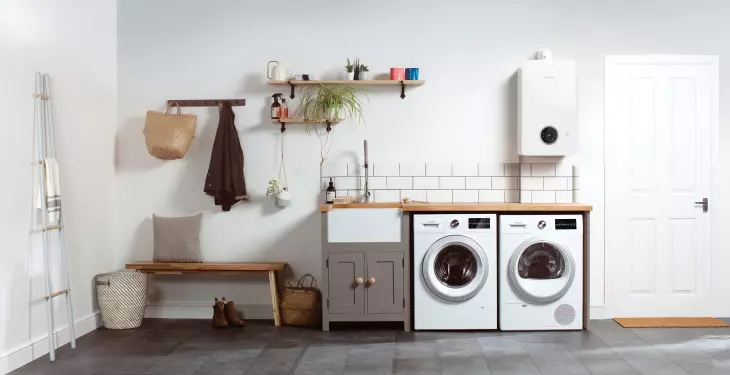
19th December, 2025
The best budget boilers are Ideal, Alpha, Baxi, Worcester Bosch and Vaillant models, compa...
 Read Article
Read Article
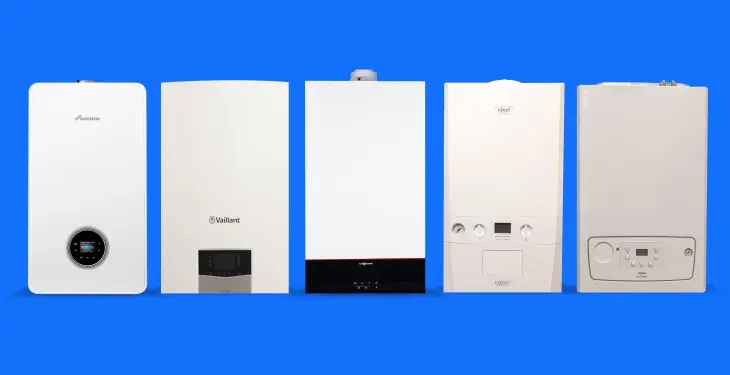
19th December, 2025
The most reliable boiler brands in the UK: Worcester Bosch, Vaillant, Ideal, Viessmann, an...
 Read Article
Read Article
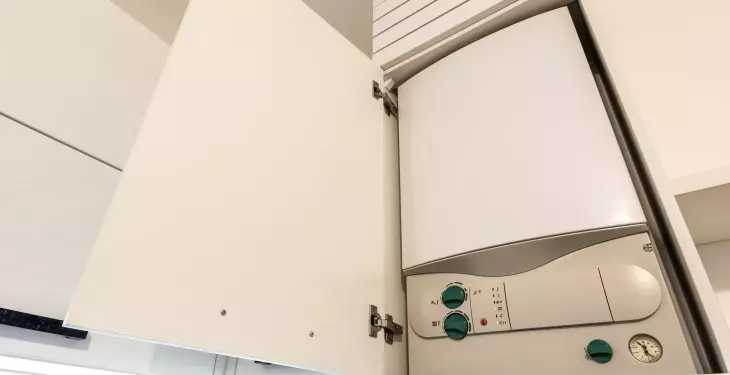
19th December, 2025
An airing cupboard is a heated storage space that uses warmth from a hot water cylinder or...
 Read Article
Read Article
No obligation. Takes less than 60 seconds.